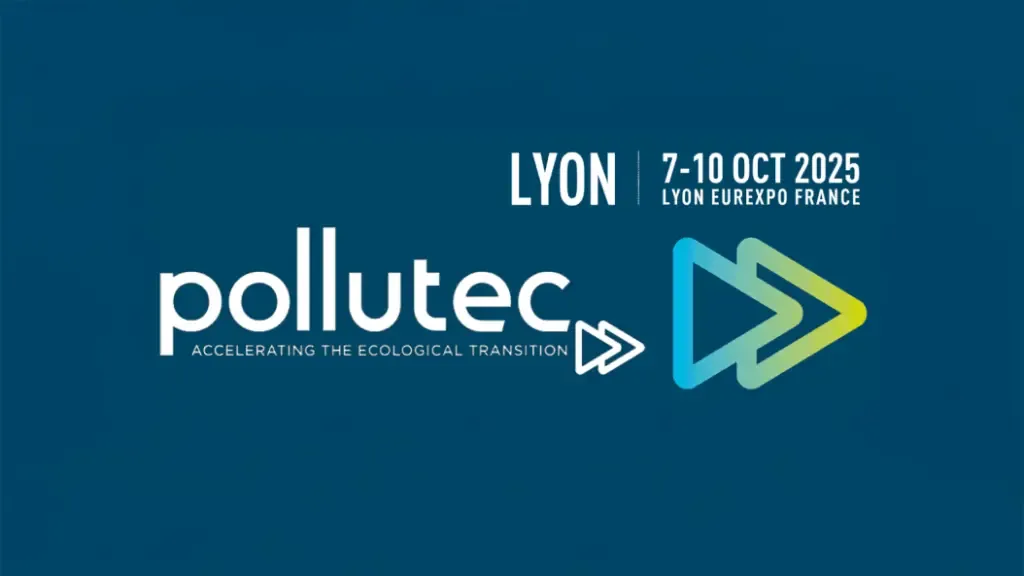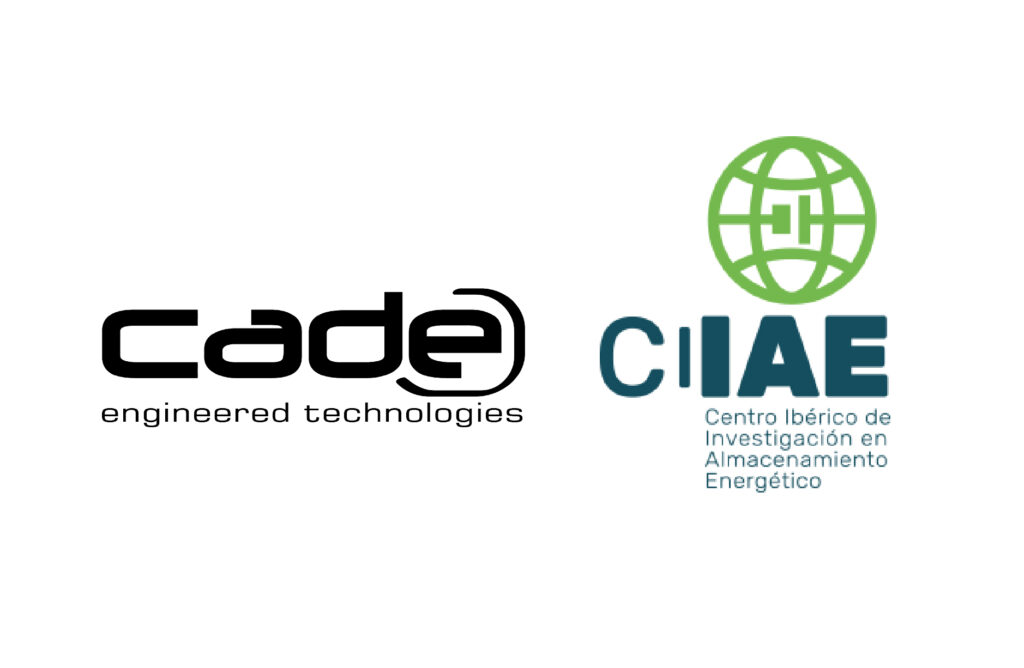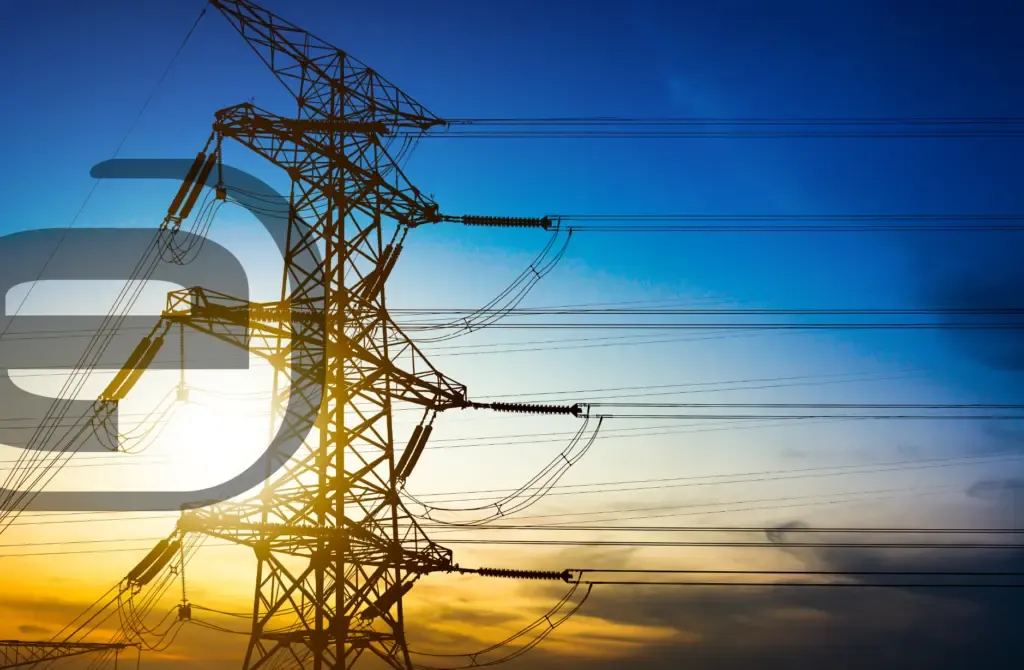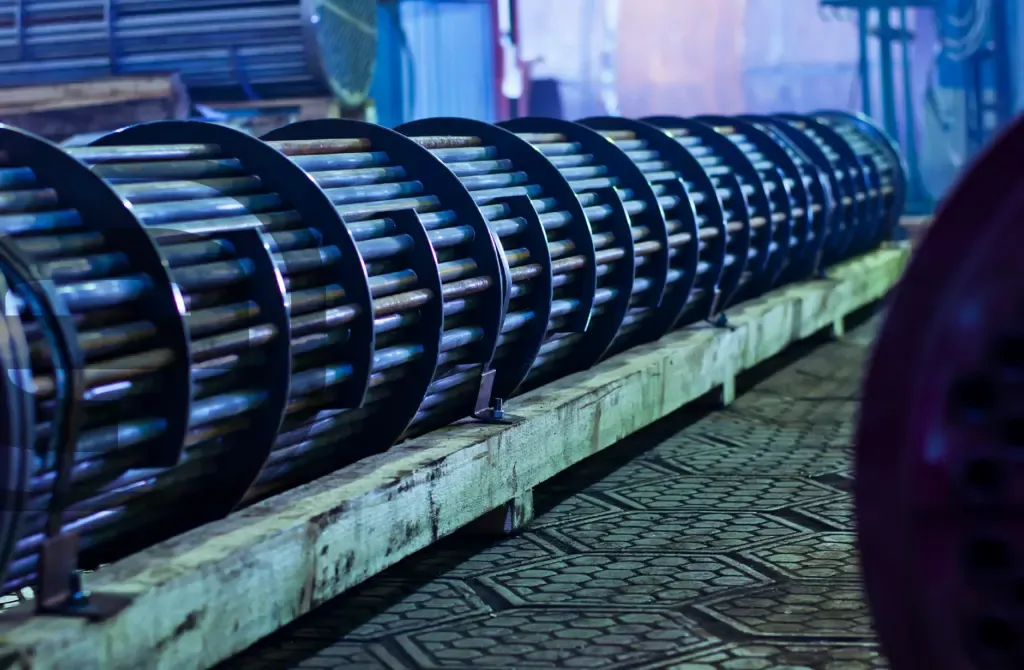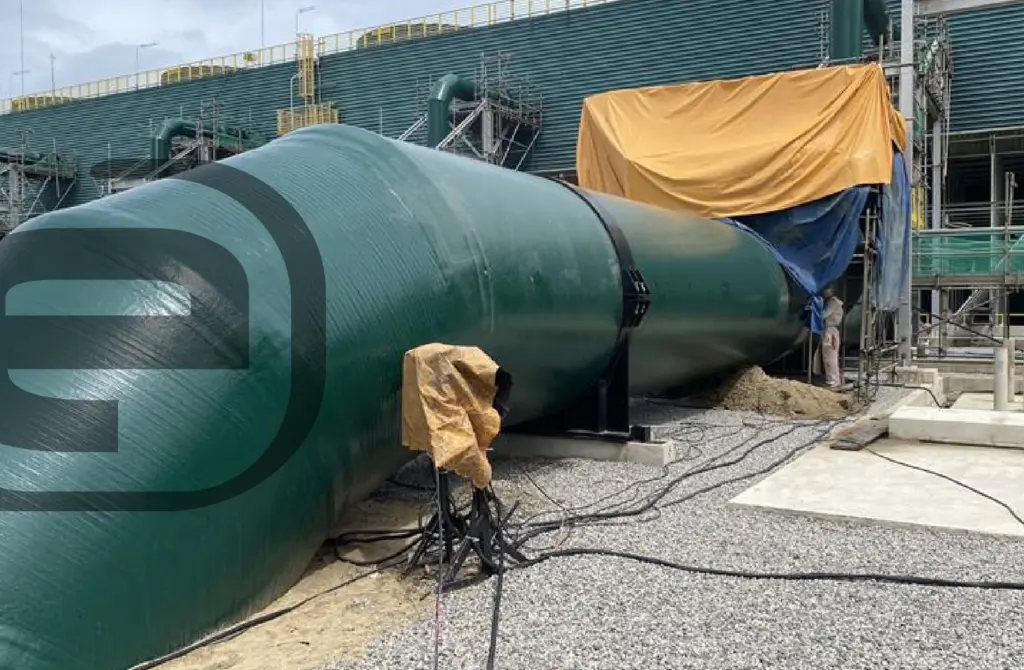In recent times, the pandemic and geopolitical tensions have caused both gas and electricity to increase in price to levels never seen before. At the end of April 2022, gas stood at 92 euros/MWh and electricity at 205 euros/MWh.
And it is that this phenomenon is causing a strong impact on those industries that depend on fossil fuels in their daily activity. Energy has gone from being a secondary factor to being the main protagonist of many income statements and, therefore, to occupy a preferential place among the priorities of business owners.
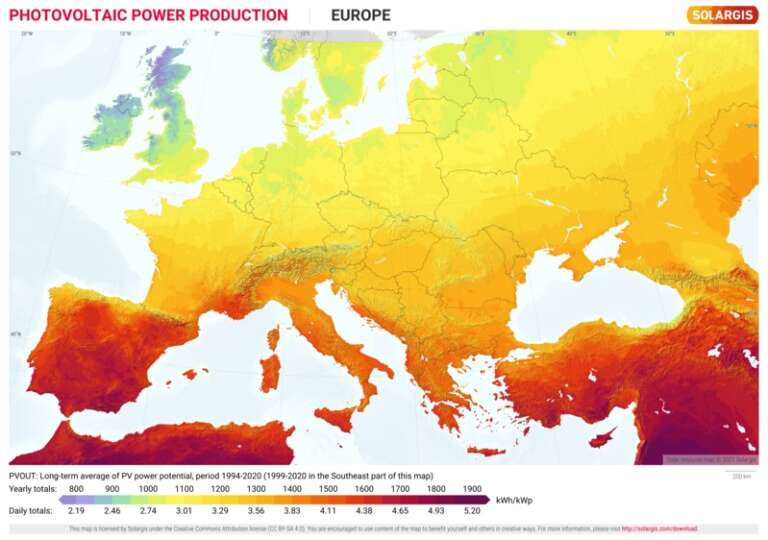
However, it is not all bad news. Spain is one of the countries that counts on the greater renewable potential in Europe, especially solar energy: Spain enjoys 300 days of sunshine a year with solar radiation much higher than the European average.
This energy can be used to lower the energy bill of the target industry, and can also eliminate the cost per ton of CO2 if said installation incurs emissions of this type.
There are several ways to take advantage of solar energy, with photovoltaic and solar thermal energy being the main ones and the second being the most suitable for industries that use heat as the basis of their production.
Content
Solar thermal energy and thermal storage
Industrial solar thermal energy consists of harnessing high performance concentration solar energy for heat applications at high and medium temperatures (400ºC-150ºC), using thermal fluids commonly used in industrial processes (thermal oil, steam, superheated water and air).
This renewable energy is capable of being stored massively in thermal storage systems (TES or Thermal energy storage), which makes it completely manageable and allows the heat input to the process to be independent of the availability of the sun. This makes it possible to increase the annual hours of renewable energy delivered to the process (percentage of solar coverage), reducing losses.
In addition, some TES technologies such as solid-state storage allow energy from other sources to be stored such as photovoltaic and small wind power, making hybridization possible.
Both solar capture and thermal storage technologies are diverse and their selection will depend on the type of production process targeted.
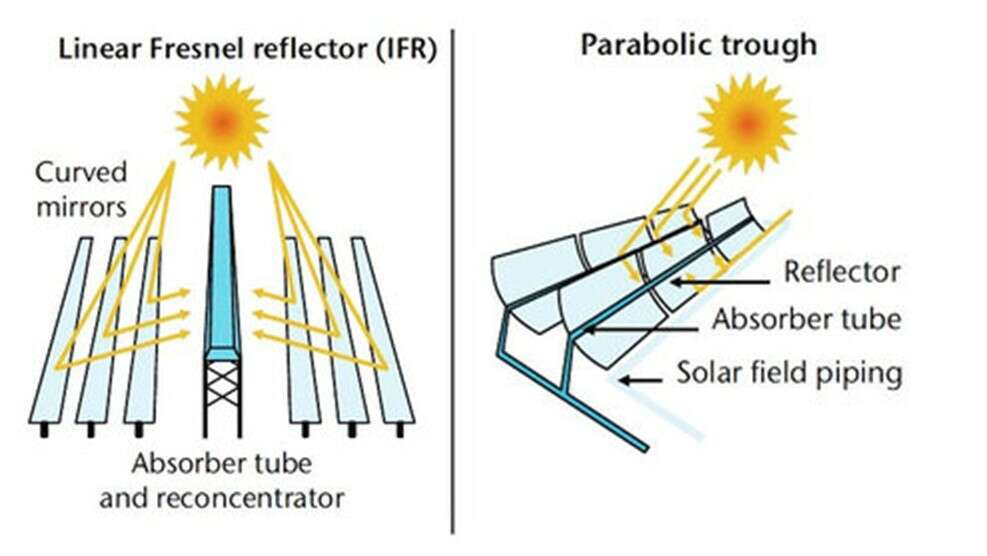

Solar thermal energy saves costs and optimizes production
Solar thermal energy directly replaces fossil sources such as natural gas or diesel. Therefore, each MWh that is not longer being generated by fossil sources and each ton of CO2 that is not longer being emitted turns into money that is invested in paying for the project. Once the investment has been amortized, the installation will continue to generate annual savings that will mean a significant reduction in operating expenses (OPEX) during the rest of the useful life of the project, which, with proper maintenance, would be around 15-20 years.
In addition to savings, good solar coverage means that the production process reduces, or even eliminates, the uncertainty of future fuel prices and CO2 emissions by not depending on them. The industrialist will be able to forecast his OPEX in a more precise way and plan production and investment in an optimal way.
What formulas exist to implement CSP in my industry?
There are two main formulas to enjoy solar thermal energy in a production process:
- Make an investment in a particular way: In this case, the industrialist decides to invest in the project, totally or partially subcontracting the design, the construction of the installation and perhaps the management of the available aid. It is important to know that, according to RD 1124/2021, this type of installation can enjoy subsidies ranging from 35% to 50% of the cost of the installation. In this case, the industrial assumes the financing, but its energy savings are greater in the long term.
- Sign an Onsite PPA energy purchase contract: In this case, the industrialist gives up his land so that an energy company finances, builds, operates and maintains the plant in exchange for a competitive price for the energy generated during an agreed period that is usually between 8-15 years. From then on, the facility will become the property of the industrialist with all that this entails, that is, OPEX and associated savings generated. In this second formula, the industrialist manages to eliminate project risk and energy price fluctuations at the cost of receiving less savings per energy unit.
The importance of getting advice
Whatever formula is adopted and due to the complexity of industrial processes, it is advisable to hire companies specialized in industrial renewable integration. In this way, the renewable installation is specified from its beginning in an optimized way, which increases its return and reduces the risk in any of the scenarios.
CADE, thanks to its consolidated position in the field of solar thermal and industrial processes, offers comprehensive support to the industrial through all phases of this process (integration analysis, technology selection, feasibility analysis, conceptual, basic and of detail, purchases and construction and start-up) being able to play different roles, either as property engineering, developer of “turnkey” projects (EPC) or manufacturer of solar thermal generation and thermal storage equipment.
Further information
For any query or request for additional information about our services and technologies, please complete the following form:

